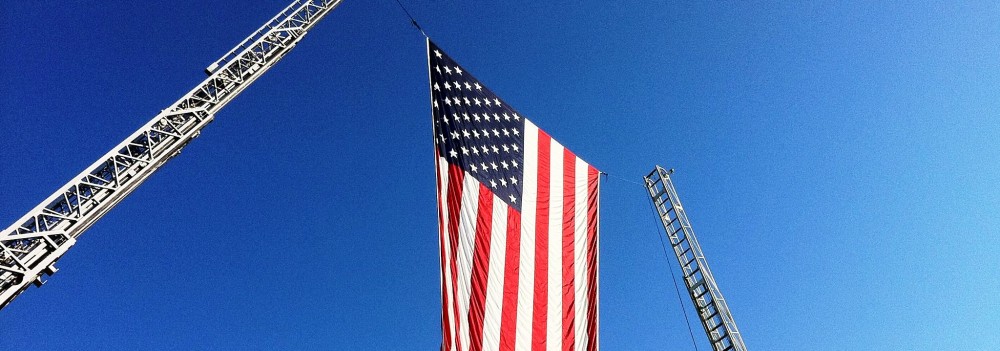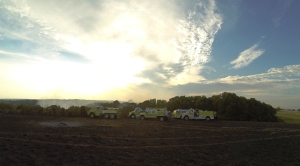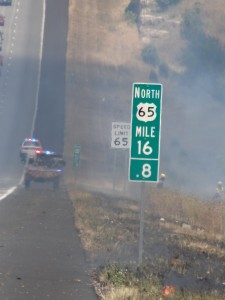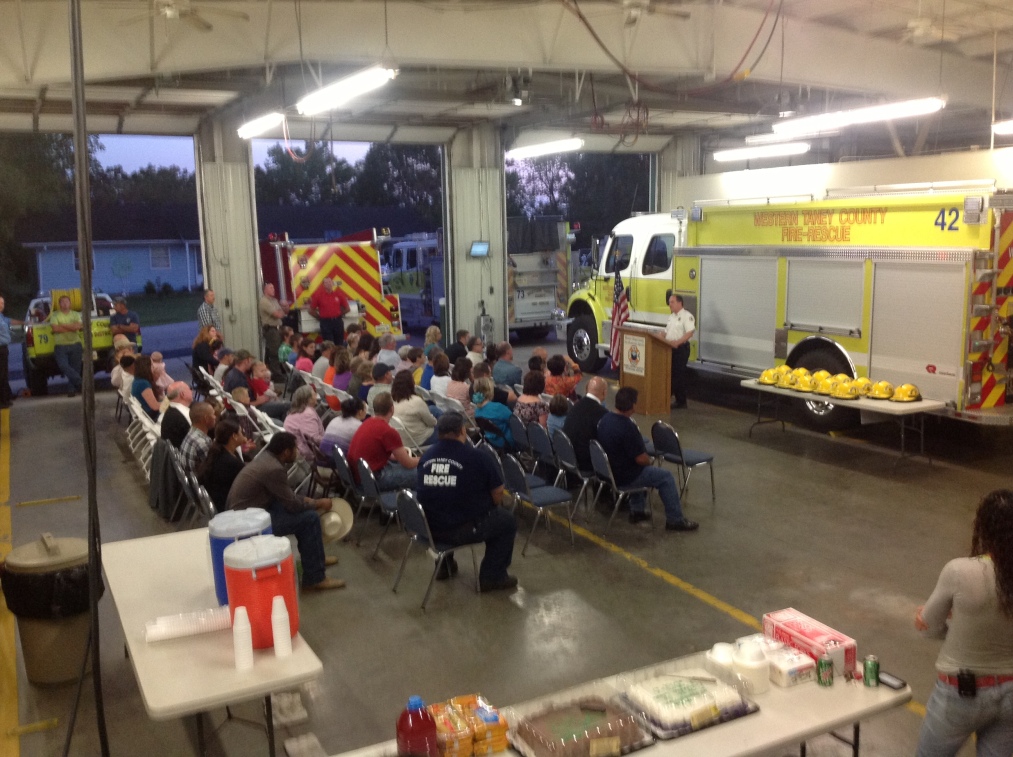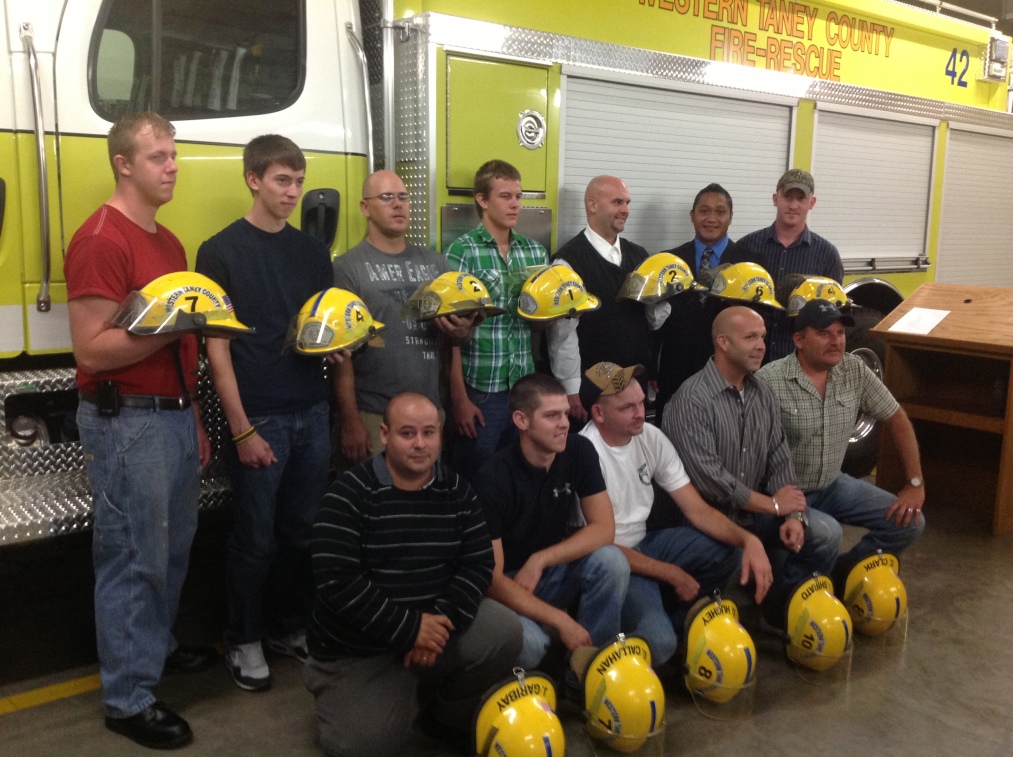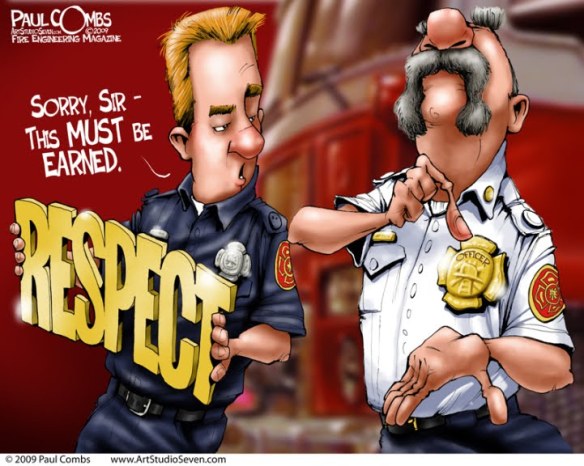It’s been a while since I have had much to say. However, during this pause from my blog a lot has gone on. Firefighter I & II academy for six months, Multiple Recruit Academies, and many other training classes that I have been involved in. I have also had the chance to be on the road some teaching for the University of Missouri Fire & Rescue Training Institute and others during this time away.
All of these training classes have been beneficial. Students have participated and have come away from each learning opportunity with new information and skills to apply to our trade. They have passed tests, completed practical skills, and received certificates and other documents to document the training they have received.
But most of them also have one thing in common, they all learned specific skills but did not get the chance to practice them as they would in the real world. What I mean is, they didn’t have the opportunity to apply these new skills as part of the sequence of events from initial arrival. Just like they would unfold on a real emergency and in real life.
The NFPA 1410 standard outlines what kind of tasks firefighters need to be able to perform upon arrival to a fire. Pulling hose, establishing water supply from a hydrant, setting up a portable master stream etc. Each of the 1410 drills outlines a sequence that needs to be performed on real world events.
In contrast to that, many times I am involved in training that no matter what the topic is; ladders, fire hose, search and rescue, ventilation, we focus on the specific skill until proficiency is developed. That’s fine. That is what the training objectives for that skill specify the students must complete. However, I am finding more and more that there is more to the story that we as training officers and instructors are missing. What’s missing is taking the training one more step. Applying what we learned into the common arrival sequence that we perform each time we arrive on scene.
Here is an example of what I am talking about. In my organization, we have a mobile vehicle firefighting training prop. It is a great training tool. A healthy volume of fire, training smoke, a tire fire simulator etc. When we first took delivery of the training prop and began using it, we would layout the lines, establish our water supply, and get everything ready to go. Then we would allow the students to observe the fire, follow the procedure they were trained, extinguish the fire, and backout. This evolution is repeated over and over until all students can demonstrate proficiency with the tasks and then the training is concluded. Then the equipment is put away, the hoses are reloaded, the water supply is broken down, and everyone leaves the training. We can continue this training cycle over and over again. Just like an Amusement Park Ride. Some get on, some get off, they all experience the same thing. But we aren’t going to the fair, we are training people on the task of being proficient firefighters and masters of our trade. At least that is what we SHOULD be doing!
But, when these same firefighters go to the next vehicle fire AFTER the training, they are riding an apparatus. The vehicle isn’t on a flat parking lot with plenty of room, they have to get off the apparatus with all of there PPE in place, have the appropriate tools, deploy their lines correctly etc. When these firefighters attempt this task in a real world environment, all we have prepared them to do is the actual task of putting out the fire. Not everything that it takes to get to that point. So these same firefighters respond to a vehicle fire fumbling with their PPE, forget their tools, have the attack line in lanes of traffic, and a variety of failures leading up to the actual extinguishment of the vehicle. The single task of extinguishing the vehicle on fire goes fine. It should! We trained them for that. We just failed to make sure the steps required to put the vehicle out were not practiced and verified they are in place.
I am sure that many of you are thinking, “They should already know all of that stuff”. I don’t disagree. When was the last time you asked firefighters to perform a turnout gear drill. You pick either with SCBA or not. Career or volunteer, how many in your organization can actually make the NFPA recommended 2 minutes for Turnout Gear and SCBA without a failure? The answer may surprise you! These are tasks that we take for granted. But without regular training, these skills can get rusty.
So, with our car fire prop, I have begun a new training regiment as part of vehicle firefighting training. We will pull hoses, and practice the evolutions necessary to be successful. But before the training is done, we will add training evolutions that include arriving with apparatus, good radio size up, proper apparatus positioning and traffic control measures, proper advancement of lines, and everything else that must be done BEFORE the task of extinguishing the vehicle. Initially the students may grumble that it requires reloading hoses and equipment between each evolution and other complaints that are common with something new. However, the chance in a training environment to be able to execute the entire evolution from the time you leave the station until you are safely enroute back to quarters is something that we have to include. This approach to a training skill is as realistic as it can be. It HAS to be!
This training approach can be used for virtually any training you want to. Whatever training you are conducting, try to include the full event sequence from arrival on scene until you leave the scene enroute to quarters. Without question, you will see an immediate improvement in crew proficiency and enhance personal safety because your personnel are truly proficient at the entire sequence of events. Not just a specific set of tasks.
There is no approach that this will require more time in the training evolution and is more equipment intensive. Both career and volunteer firefighters have other time pressures which means that time spent training must be used as efficiently as possible. As an instructor using this approach to training will require a solid training plan and adequate apparatus and resources to keep crews moving to limit idle time. However, I have seen using this approach myself, crews come away from the training evolution with a better understanding of how to utilize this skill in an actual emergency and will perform better.
I am hopeful that a few fellow training officers will read this and be willing to give it a try in their organization. If you do, let me know what your results are. I would be curious to know if you find the same in your organizations that I have.
Be Safe!
Firedog
